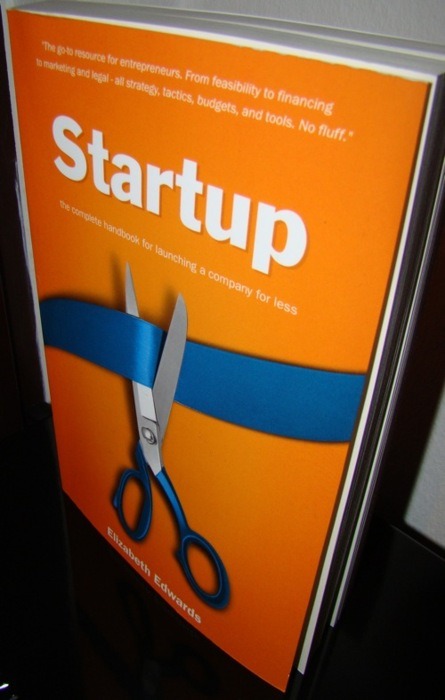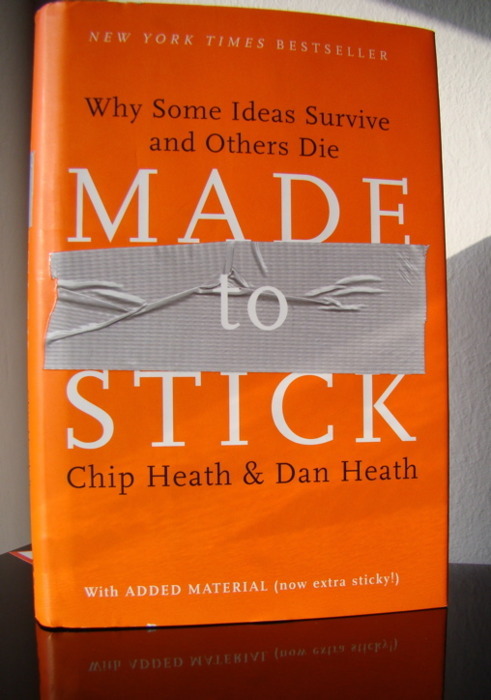
What is it about?
If you want to start a business, you need an idea and a business model and money. Elizabeth Edwards focuses about the latter. She shows you how to cut your personal expenses, how to calculate your financial numbers and why venture capital isn’t always the best option.
What can I learn?
Is your business profitable? Before starting your business, you should check if your business model can generate enough profit. How high is your initial investment and how much does it cost you monthly to operate your business? The next step is to calculate your profit on this basis. How long does it take you to break even, i.e. you aren’t losing money anymore? You should reject your idea if it will take longer than two years.
Capital can be expensive: Before you are going to look for venture capitalists, you should think about your need of outside capital. If you can do it alone, go for it. If you can’t do it without outside money, she recommends you to thoughtfully calculate your costs. Don’t forget to include your opportunity costs for searching investors.
Know your metrics: A business runs on numbers. You should monitor your industry key metrics (e.g. page impressions for social sites) and of cause your ordinary indicators like sales, costs and profit. Even if you aren’t a numbers person, learn how to read your key numbers.
Conclusion
This book is an accumulation of tips but lacks the explanation of why you should do they. This is a bit of a downer. The good parts of Startup were clearly the financial and legal knowledge. If you start your business in the US this information is possible pretty valuable. Lastly, besides of the financial and legal advice most advice is out of other books like Made to Stick or Business Model Generation. I would recommend reading those, if you want to deepen your knowledge.

